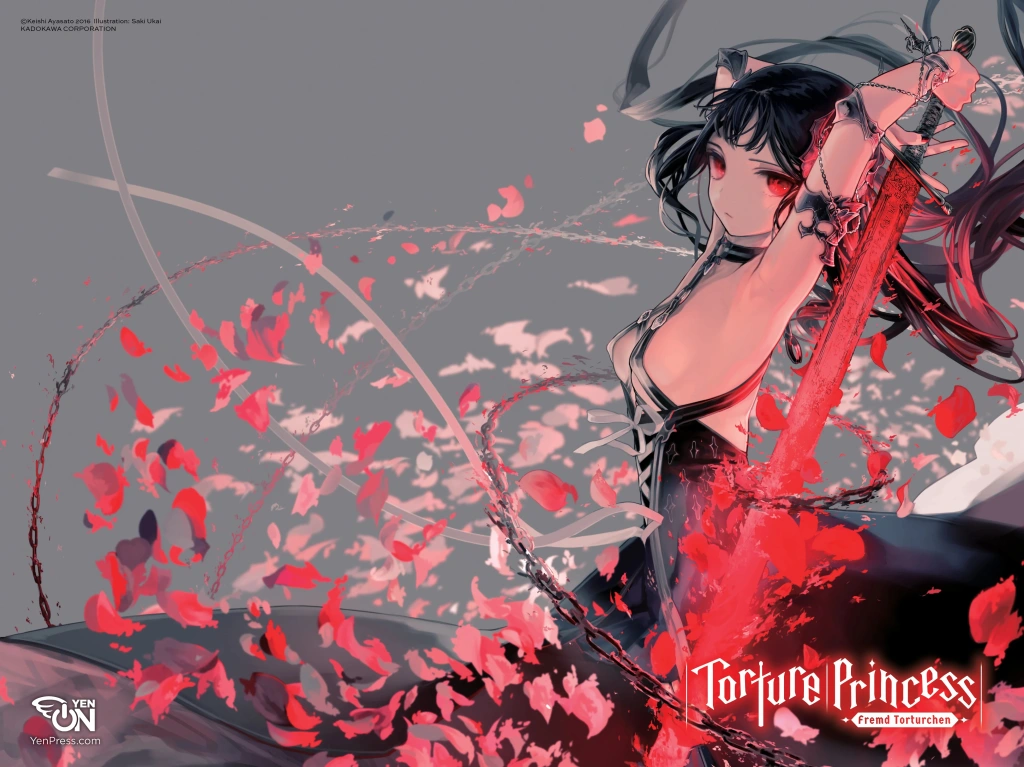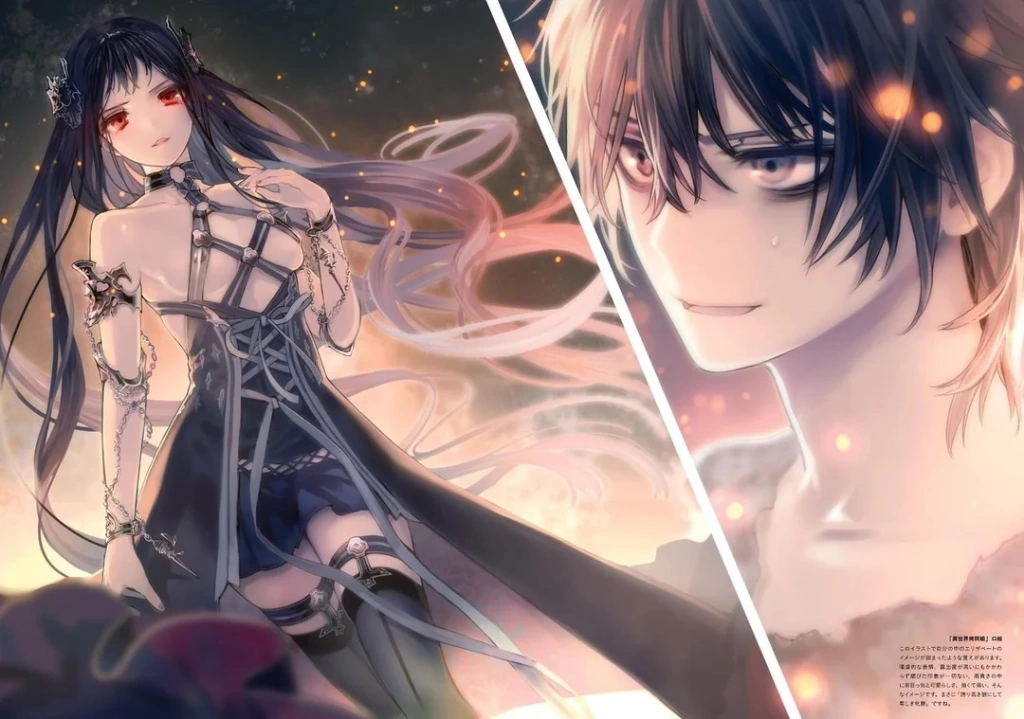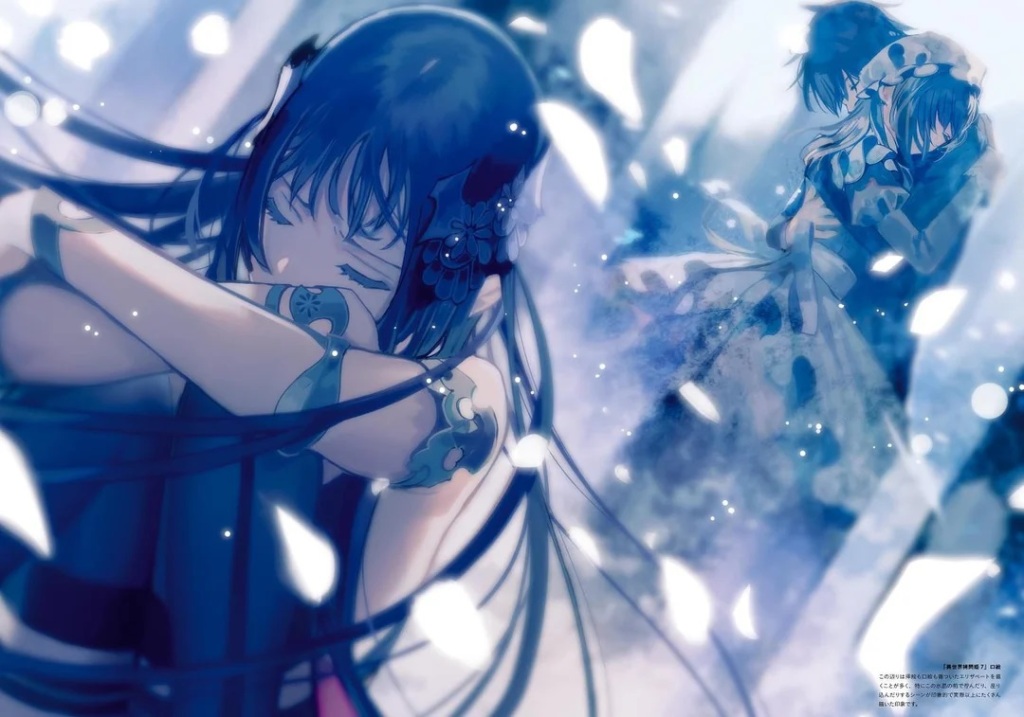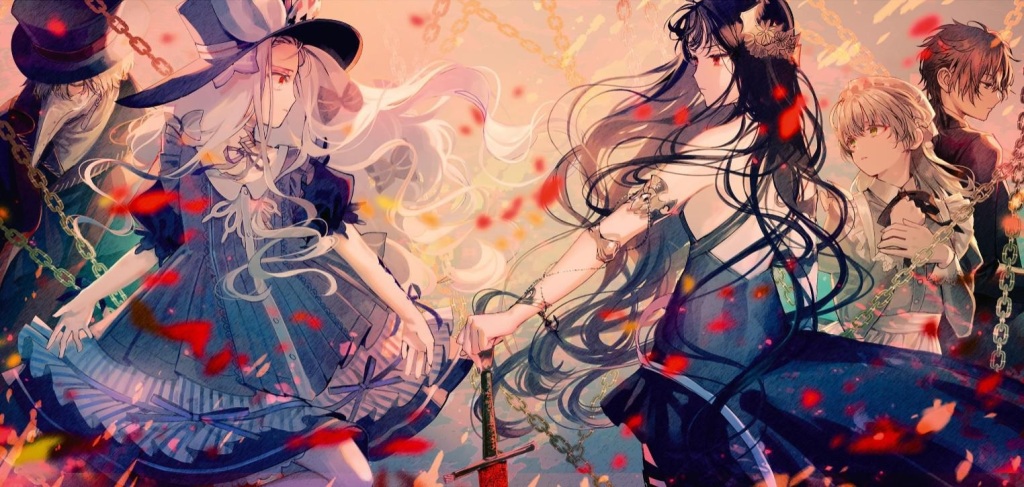
The Torture Princess: Fremd Torturchen light novels by Keishi Ayasato finished their English run last month, and I’m here to tell you why you need to check them out. It’s quite possibly my favourite light novel series of all time. Considering that I’ve read hundreds of light novels throughout the years, this is no light accomplishment.
What’s It About?
Technically, Torture Princess is an isekai series. A young man named Kaito is summoned to another world by the eponymous “Torture Princess” and gets made to serve as her butler. But this isn’t a straightforward video game-esque fantasy world where the guy quickly gets to show off his cheat skills. Instead, Kaito awakens in a world of Gothic horror, where ghoulish demons eat humans while they’re still alive, and torture is the trigger for dark magic. The Church has tasked Kaito’s master, Elisabeth Le Fanu, with killing 13 powerful demons in order to make her atone for her crimes against humanity.
The Most Sentimental Kind of Gore

On the surface, Torture Princess is incredibly edgy. There are lots of vivid descriptions of slaughter and torture, mostly against innocent people. But there are several crucial ways in which the author differentiates Torture Princess from mere torture porn.
First of all, there’s a breathlessly melodramatic flavour to the prose, which serves to distance the reader emotionally from the action. The violence is grotesquely larger than life in a way that inspires a feeling of morbid fascination more than revolt. The vibe is quite reminiscent of Grand Guignol theatre shows, with their lo-fi special effects and gaudy sentimentalism.
It should be noted at this point that Torture Princess is curiously absent of sexual violence. In dark fantasy works, rape is a common plot device in order to portray cruelty as an inevitable part of the human condition. This may be because rape is still woefully common in the real world—it is one of the easiest forms of physical and emotional torture for onlookers to rationalise. However, the violence depicted in Torture Princess is almost exclusively unfathomable in scale, fitting for a setting in which the threats are otherworldly in nature. This makes it easier to get immersed in the story’s unique atmosphere in its own right, rather than perceiving it as a reflection of the author’s nihilism.
Yet the biggest reason why the gore in Torture Princess works for me is because it is accompanied by a sensitive heart. The way the characters respond to violence makes it easy to peer past the hellish foreground and into the humanity at their core.
Much of this has to do with the protagonist Kaito. In his original world, he was a victim of abuse at the hands of his father. His presence serves not only to ground the Gothic setting with a relatable perspective, it also nudges the reader to reflect on the nature of violence and abuse in the real world. The more down-to-earth violence is contrasted against the unspeakable horrors in the other world, and it is through his experiences with grandiose evil that Kaito comes to understand what a small and petty person his abuser is at heart. The very first volume of Torture Princess tells such a moving and cathartic tale about Kaito’s trauma that I was almost moved to tears.
And the story doesn’t end there.
A Tale of Heroes and Lovers

As the novel itself points out at various points, Torture Princess isn’t a romance, but it is a tale of love.
Over time, Kaito comes to love Elisabeth, but in a purely platonic way. He sees her as a personal saviour, and as a person with the strength to be true to herself right until the very end. Because of her, Kaito understands that there can be love and beauty in the most depraved and sinful of things. One can see this as a mirror for the world of large; it is gruesome and terrible in many ways, but it is also home to some genuinely kind people.
The purity of Kaito’s feelings for Elisabeth is reinforced by the fact that he marries a different person. Like everything else in this series, the romance between Kaito and Hina is grandiose and twisted, and yet oh so sincere. Hina is a ball-jointed doll given life; she refers to herself as Kaito’s wife and sex doll. Instead of distancing himself from that almost yandere-like devotion, however, Kaito accepts it whole-heartedly.
The relationships in Torture Princess are engrossing because they defy common sensibilities, but they make sense within the logic of the world. If Kaito’s hero can be a peerless sinner, why can’t his lover be an automaton maid? Other writers simply wouldn’t dare to write relationships that are so unhinged without portraying them as dysfunctional, but it’s because their feelings are so off-beat that they end up feeling like individual people in their own right. It’s why the sacrifices they make for each other end up being so haunting.
Throughout the story of Torture Princess, Kaito, Elisabeth, and Hina face off against many earth-shattering threats. In a world where anyone can die gruesomely, their happy moments together are fleeting and ephemeral. They must fight desperately against higher order beings if they wish to see tomorrow together.
I cried at the ending of Torture Princess. Watching these broken individuals find a reason to live through their love filled me with so much catharsis. I truly wanted Kaito, Elisabeth, and Hina to live humbly and happily together, even though the world would not let them. In the later volumes, the prose waxes poetic above love just as much as gore. As it turns out, the two go very much hand in hand.
No Anime On The Horizon

Although it’s common for many mildly popular light novels to get an anime these days, Torture Princess will almost certainly not get one at this point. The peak of its popularity passed several years ago in Japan; the series concluded in 2020. Perhaps its excessive violence made it a difficult sell for producers, but there’s no point speculating about it at this stage.
But in any case, the lack of anime is all the more reason to give the books a shot. A good book is a good book regardless of whether it has become a multimedia franchise, but it’s very possible that the series will slip under the radar. Please don’t overlook this underrated gem.
This series has nine main story volumes, plus one short story volume set between volumes 7 and 8. Don’t skip volume 7.5 if you do decide to check out this series; it’s very important for the overall story, and it will hit you in the feels.
Incidentally, the author also has a new series out in English this year, called The Bride of Demise, which is also worth checking out if you like violence and unhinged characters. I don’t think it’s nearly as good as Torture Princess, but I thought I’d mention it in case you’ve already read Torture Princess and want something similar to read.
Well, if Tsuyokute New Saga can get an anime five years after its final light novel…
Then there’s hope for us all!
Considering the Sheridan Le Fanu reference, how similar is it to Carmilla?
Let’s see… There’s the initial setting of a lonely castle, and there is a prominent lesbian subplot. Although not a vampire, Elisabeth’s backstory also involved preying on a town of people. The story does expand a lot in scope past the namesake, though.
I read a manga adaptation, it was alright.
[…] the Purple used to be my favourite light novel ever until Torture Princess dethroned it just last week. This single volume story takes the reader on a wild journey, combining hard science-fiction with […]
[…] the Purple was once my favorite gentle novel ever till Torture Princess dethroned it just last week. This single quantity story takes the reader on a wild journey, combining onerous science-fiction […]
[…] Source_by_frogkun.com […]